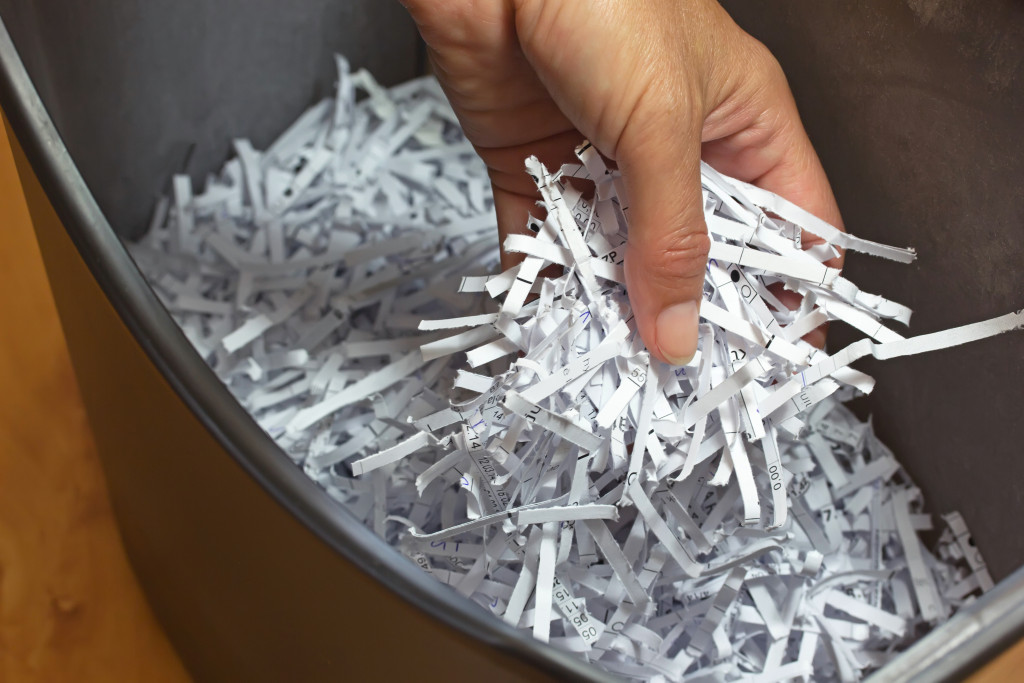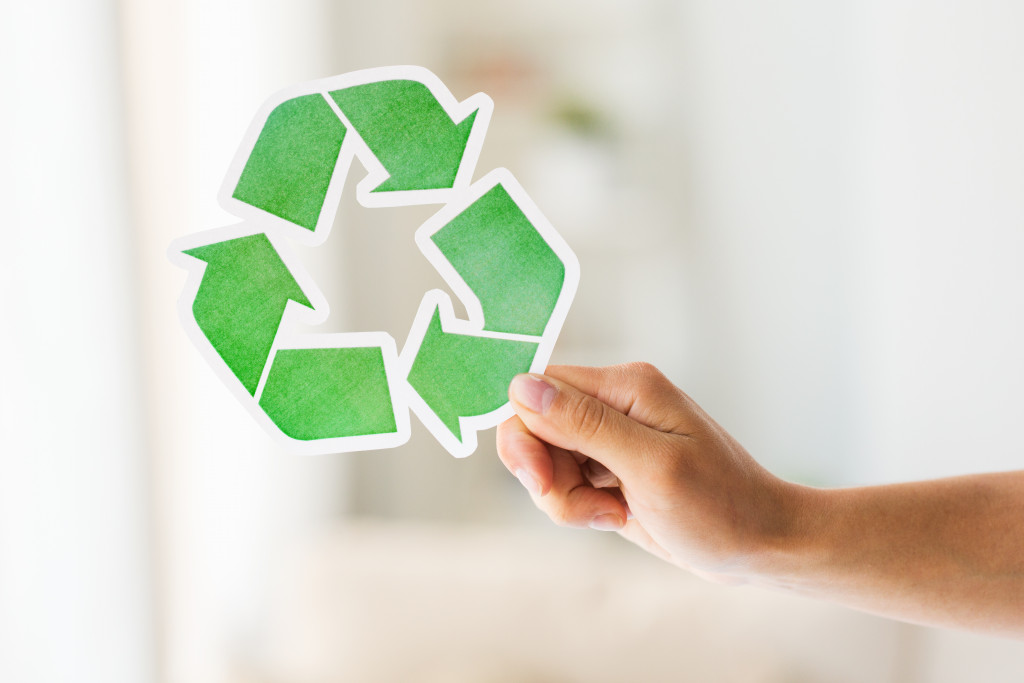Although it was first designed in 1970 in the US, the universal recycling symbol of three green arrows tailing each other can now be seen in many products around the globe. Since then, recycling has been the leading solution that both government and private organizations implement to combat problems related to waste. On the other hand, consumers prefer using products with the recognizable graphic symbol.
Unfortunately, products with the universal recycling symbol don’t always mean they will get recycled. This is especially true with merchandise or packaging made of plastic.
The Plastic Problem
According to the World Economic Forum (We Forum), more than 300 million tons of plastic are produced every year. Of this, only 10% is recycled.
We Forum cites several factors contributing to the low percentage of plastic that is only recycled. According to the international non-government organization, aside from inherently avoiding the act of separating plastic from their waste, individuals and businesses don’t remove contaminants from plastics before throwing them away.
Recycling facilities only process clean plastic. Plastic contaminated with food and other materials or substances is rejected and thrown away. In addition, there are plastic types that can’t be processed, such as multi-laminates and flexibles.
Considering the world’s consumption of plastic and the issues surrounding the recycling process, it looks like there is not enough done to promote the improvement of recycling both in households and businesses.
Factors Discouraging People From Recycling
Many people believe and know the importance of recycling. However, according to a recent sustainability study conducted by We Forum, some barriers stop people and establishments from recycling more.
As expected, the study revealed people’s different attitudes towards sustainability and climate change. Some people strongly believed that recycling was essential and must be done wherever possible. The result, however, varied in places.
The study also discovered that people didn’t recycle enough because it was inconvenient for them. The main reasons for finding recycling inconvenient were attributed to a lack of recycling programs and trust in implementing agencies. In some cases, people didn’t even know how to recycle.
On the other hand, one primary reason that prevented people from recycling their trash is the lack of knowledge about participating in local or state recycling programs. In cases that there were recycling programs, some people were simply unaware such programs existed.

Strategies to Encourage People to Recycle
According to the Columbia Climate School of the Columbia University in New York, there are ways to fix this problem. Private and government organizations can encourage people to recycle through the following initiatives.
-
Innovation
Private companies can develop innovative ways to deal with waste and encourage their customers to recycle. The Columbia Climate School cites four companies as examples: Oregon-based Agilyx, Seattle-based Ridwell, Florida-based PureCycle Technologies, and the award-winning, New Jersey-based Loop.
Agilyx transforms contaminated and difficult-to-recycle plastic into raw materials such as chemicals and high-grade synthetic oils, which can be used and reused to make other products. PureCyle, meanwhile, processes polypropylene plastic and turns it into raw resin that can also be used and reused for manufacturing products.
Ridwell, on the other hand, is a recycling program that has so far prevented 170,000 pounds of trash from being deposited in landfills. Loop, meanwhile, is an e-commerce business that allows customers to return and reuse packaging for consumer products.
Private companies with operations that can affect the environment should also have remediation policies and measures to reduce their impact. For example, a commercially-processed oil sand site can hire an oil extraction firm to recover oil from contaminated sand and reuse it for other purposes such as manufacturing asphalt cement and other types of petroleum-based materials.
-
Legislation
According to the Columbia Climate School, only 37 states have created bills to solve their plastic recycling and pollution problem. Standard measures these bills propose include bans on single-use plastic, prohibiting polystyrene, and holding people and businesses accountable for improper waste disposal.
Some states impose “bottle bills” on establishments that sell beverages. Customers get to refund a deposit for each bottle they return to bottle bill containers.
-
Education
Consumer awareness needs to be improved for recycling to be accepted widely. Both local and state governments should provide enough information to their residents about recycling and where and how they can deposit recyclable materials. Information dissemination is crucial in empowering people to recycle more.
Recycling at the Community Level
The We Forum study has shown that most people don’t recycle simply because they don’t know how. However, if local and state governments double their efforts to educate people and make available innovative ways to recycle, perhaps the rate of recycling can increase.


